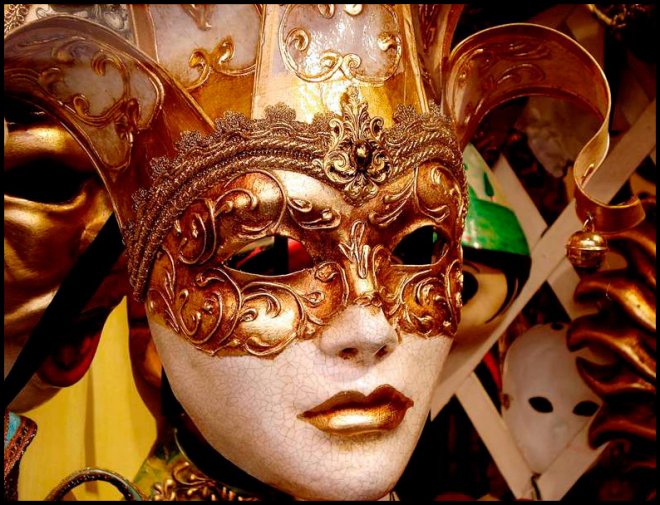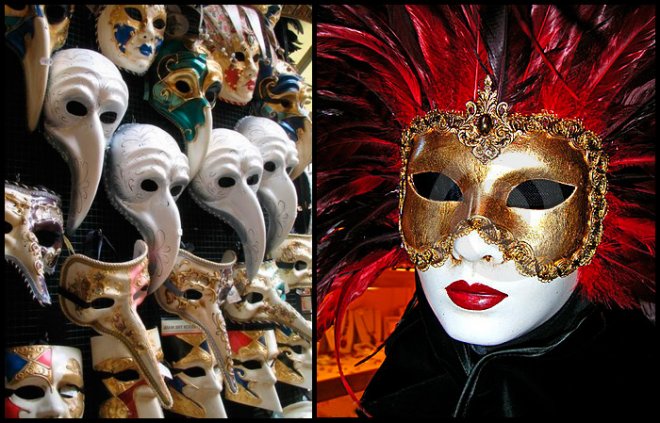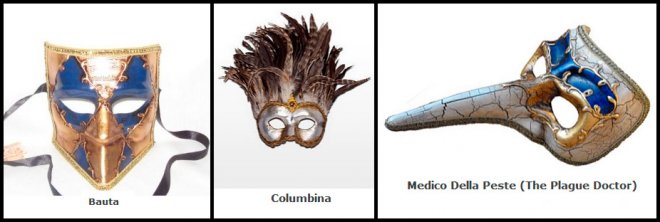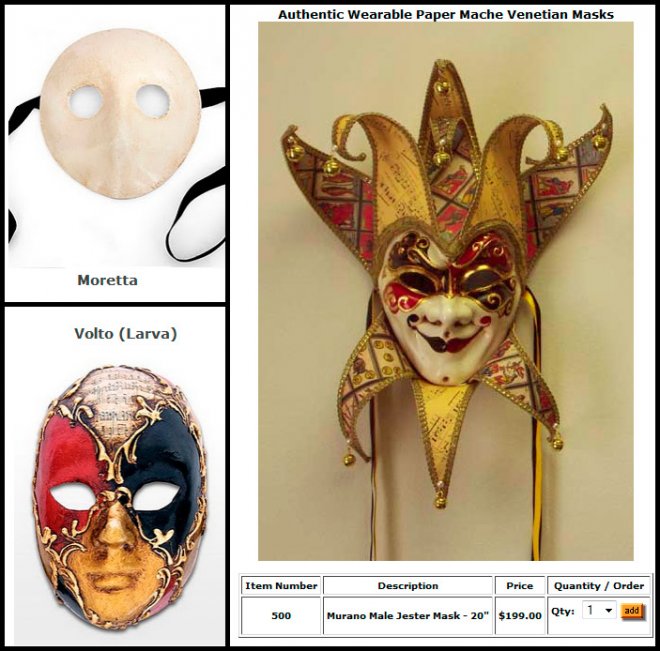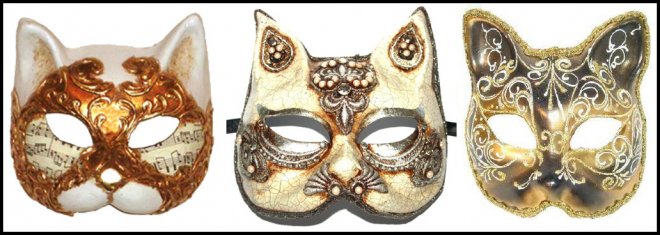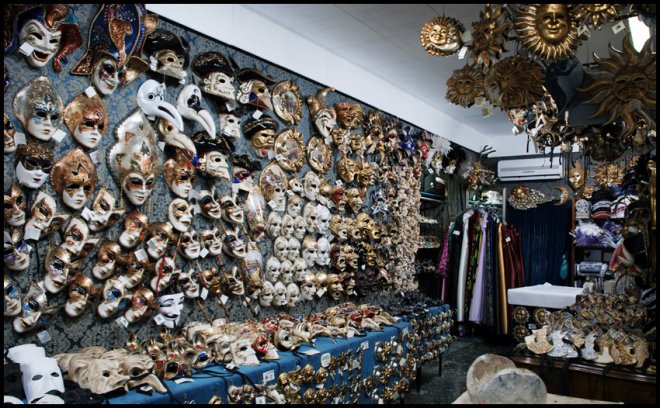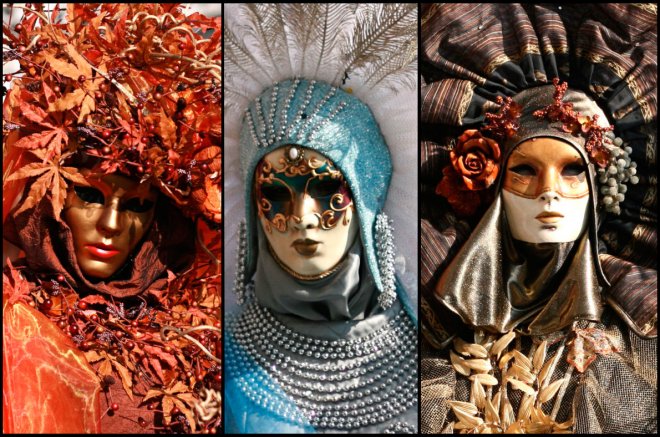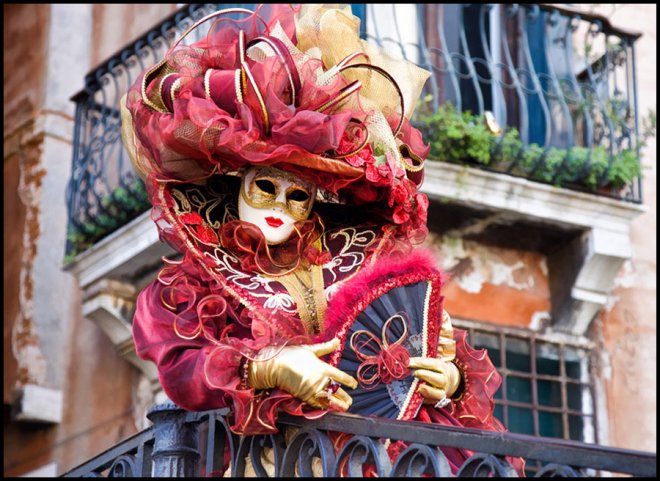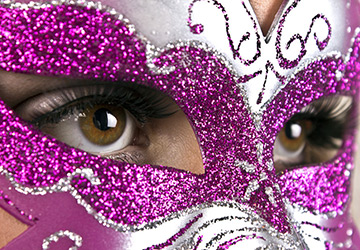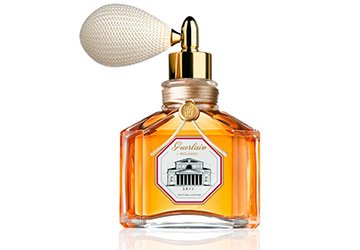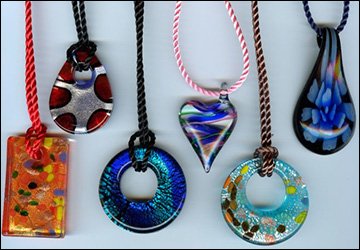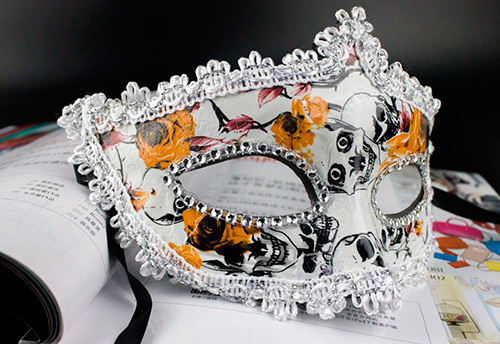Style
Venetian carnival masks
A mask means a disguise, it is an item that is worn in order to be unrecognizable. At the Venice Carnival, masks were required, and the traditional masks themselves carnival in Venice are divided into two groups: the masks of the Del Arte comedy, which means the comedy of masks, and the classic masks. It is not surprising that in the 15th century there was a whole profession, the profession of a mask-maker.
Venetian carnival masks - history.
Comedy Del Arte is a street theater. This theater arose spontaneously. In the Middle Ages, Venice was full of street shops and merchants, and it so happened that one fine day another brawler appeared near one of the merchants, of whom Venice was full. But on this day, one of the merchants noticed that this "performance" by one actor aroused the interest of the crowd and attracted buyers. This is how the Del Arte Comedy Theater appeared. Street theater, in which there were various characters and a general scenario, but individual roles were not prescribed, improvisation was possible here.
At first, there was one character in the comedy Del Arte, and then their number increased to a hundred. The first character in the comedy Del Arte is considered Zanni (from the Italian name Giania), who single-handedly performed small performances in front of the public. Today zanni refers to a large group of servant characters from the comedy Del Arte. Zanni's costume consisted of a two-humped cap, a half mask with a huge long nose (practically a bird's beak) and a spacious "peasant" outfit.
According to another version, the first actor who played the role of a servant was called Zan Ganassa, hence the name zanni.
But let's not delve into the jungle of the Del Arte comedy theater. At the Venice Carnival, the most popular masks taken from this theater are the masks of Pulcinella, Columbine, Pierrot, Harlequin, Piedrolino, Brighella.
Venetian carnival masks - characters.
Brighella (or as this character Scapino, Buffetto is also called), is the first zanni, an intelligent servant; Harlequin (or Mezzetino, Truffaldino, Tabarino) is the second zanni, the stupid servant. They belong to the northern (Venetian) quartet of masks. Coviello, the first zanni, the clever servant and Pulcinella (Polychinelle), the second zanni, the stupid servant are masks from the southern (Neapolitan) quartet of masks. In addition to servants, the quartet also includes the masks of a stingy merchant and a pseudo-scientist or stuttering judge and a boastful warrior.
Columbine or Fanteska, Fiametta, Smeraldina - female mask, maidservants. According to legend, this mask was invented for one incredible beautiful actress, who played the role of Columbine, and who did not want to hide her whole face. Therefore, her mask covers only part of the face. This mask is adorned with gold, silver, crystal and feathers.
Classic Venetian masks include the Bauta, Venetian Lady, Cat, Plague Doctor and Volto masks.
Bauta. The name of this mask most likely comes from the name of a fictional character with which children were frightened, like the Russian Babai or Buka. This mask always has only two colors - white and black. It consists of a white satin larva mask with a sharp triangular profile and deep hollows for the eyes and a wide black cloak with a black lace cape. Also, a piece of black silk was worn on the lower part of the face, covering the neck. A black triangular hat was worn with this mask. The mask was very popular among the Venetians. She hid gender and age well. She was loved by swindlers and lovers. And, what is beneficial, in this mask it was possible to eat and drink without opening your face. But the mask itself meant death. At the same time, it was believed that death would not recognize a person wearing this mask and would pass by.
Cat. This Venetian carnival mask came from the Chinese. According to legend, a Chinese man came to Venice with his cat.There were no cats in Venice, but there were enough mice. The cat caught many mice, and for this the Doge (the ruler of Venice) awarded the Chinese. The cat remained to live in the Doge's Palace in case mice appeared. A satisfied Chinese man returned to his homeland, where he talked about his adventures. His story was heard by a second Chinese who decided to collect silks and luxurious goods, go with them to Venice and receive an even greater reward if they are willing to pay for an ordinary cat. His journey was successful, and he also received his reward from the Venetians, they gave the most precious thing they had - a cat. Thanks to this story, the Cat mask appeared.
Venetian lady. This mask is elegant and sophisticated. There are several options for it - Liberty, Valerie, Salome, Fantasy and others.
Another female mask is Moretta, a dark-skinned woman. This mask has a round black shape sometimes with a lace band over the eyes. This mask also has one more name - "the joy of husbands", since there was a small pin inside the mask, which had to be clamped with your teeth so that the mask would stay in front of your face. Thus, the ladies were forced to remain silent throughout the entire carnival.
Volto. The most neutral mask, it copied the shape of a human face and was attached to the head with ribbons (or some of Volto's masks had a handle on the chin). This mask has another name - Citizen.
Plague doctor. This mask owes its appearance to the terrible plague epidemics that raged in medieval Europe. At that time, doctors, entering the premises where plague patients were, wore masks with a long nose (like a beak), which was of quite practical importance, there were a variety of herbs and aromatic substances, whose task was, as it was then believed, to protect the doctor from infection with the plague. Doctors also wore long dark cloaks, and took a special stick in their hands so as not to touch the patient.
This is the story of the origin of Venetian carnival masks, which can be purchased in Venice or in online stores.
Veronica D.
Comments and Reviews
Add a comment
Rating news
Shades of clothing that make women look younger
What shades of hair make women younger: rules and photos
Funny wedding dresses - photos and ideas
12 most expensive down jackets for the winter
How to look 25 at 40: tips from supermodels
Beautiful schoolgirls
Anti-aging haircuts and hairstyles for women
Fashionable skirts for autumn and winter
Fashionable women's trousers for the cold season
Fashionable and stylish sandals for summer 2024
Spring-summer 2024
 Fashionable dresses and tops with thin spaghetti straps
Fashionable dresses and tops with thin spaghetti straps
 Bandana tops: how to wear stylishly and beautifully
Bandana tops: how to wear stylishly and beautifully
 How to put together the perfect men's wardrobe for the summer
How to put together the perfect men's wardrobe for the summer
 Fashionable shorts for spring-summer 2024
Fashionable shorts for spring-summer 2024
 Fashionable skirts for spring-summer 2024: a guide to online shopping
Fashionable skirts for spring-summer 2024: a guide to online shopping
 The most fashionable dresses spring-summer 2024: styles and colors
The most fashionable dresses spring-summer 2024: styles and colors
 Fashionable total look 2024: ideas of images and trends
Fashionable total look 2024: ideas of images and trends
